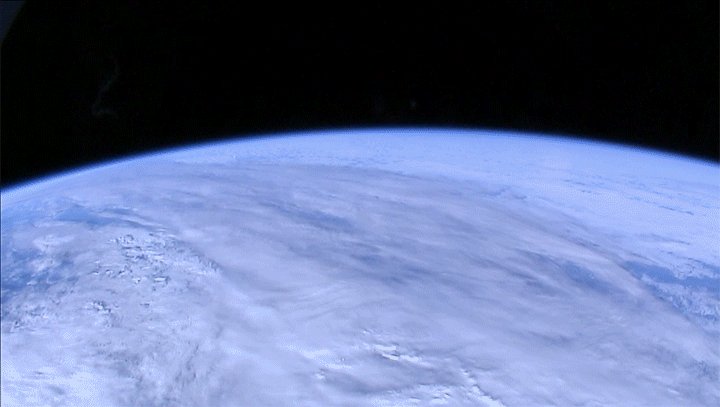Planetary Radio • Oct 18, 2017
Pamela Gay and the Image Detective
On This Episode

Pamela Gay
Astronomer, Podcaster and CosmoQuest Principal Investigator
Astronomer Pamela Gay is probably best known as co-host of the Astronomy Cast podcast, but she is also Principal Investigator for the CosmoQuest virtual research facility. It offers fun and rewarding citizen science opportunities, including its newest, Image Detective. She tells us how anyone can work with images of Earth taken by astronauts, turning them into terrific scientific resources. Bill Nye the Science Guy says the first observation of two neutron stars colliding is pure science gold. Distant dwarf planet Haumea has rings! Bruce Betts tells us about the Planetary Society’s connection to this story in this week’s What’s Up.

Related Links:
- CosmoQuest
- LIGO and Virgo make first detection of gravitational waves produced by colliding neutron stars
- Planetary Society-funded telescopes help find ring around Haumea, a distant dwarf planet
- Chop Shop Planetary Society Store
This week's prizes are the Chop Shop-designed Planetary Society t-shirt, a 200-point iTelescope.net astronomy account, AND a beautiful, mounted print from an original painting of astronauts Mark and Scott Kelly, created by space artist Michelle Rouch.
This week's question:
What two moons in our solar system have the highest and second highest densities?
To submit your answer:
Complete the contest entry form at http://planetary.org/radiocontest or write to us at [email protected] no later than Wednesday, October 25th at 8am Pacific Time. Be sure to include your name and mailing address.
Last week's question:
Let’s play “Where in the Solar System?” On what body in the solar system can you find a 92-kilometer diameter crater named Murray for Bruce Murray, co-founder of the Planetary Society and former Director of JPL?
Answer:
The answer will be revealed next week.
Question from the week before:
In English, what does the Russian word “Sputnik” mean?
Answer:
In Russian, Sputnik means “fellow traveler (of Earth).” The word has also come to simply mean satellite.


 Explore Worlds
Explore Worlds Find Life
Find Life Defend Earth
Defend Earth



